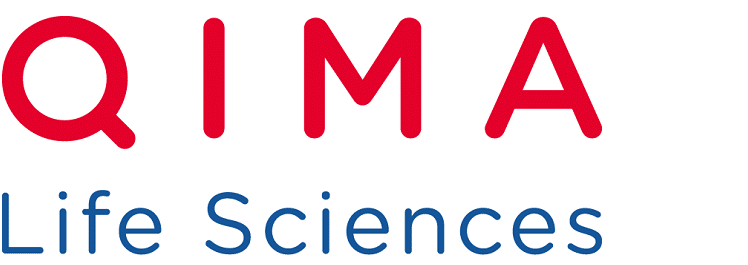RESULTS
1 – Differential induction of innate immunity response by bacteria in SEBO662AR cells. Chemokine and cytokine (IL-6) transcripts expression.
2 – Differential induction of innate immunity response by bacteria in SEBO662AR cells. Antimicrobial peptides transcripts expression.
CONCLUSIONS
In this model,
– Bacteria differentially induce the overexpression of CXC chemokines, CCL20 and the pro-inflammatory cytokine IL-6. It is also the case for antibacterial peptide transcripts S100A7 and β-defensin 2 (BD2), but with an apparent different selectivity.
– DHT treatment decreases the expression of the chemokines and IL-6 both at the mRNA and protein level and can be regarded as an “innate immunosuppressor”.
– We expect a different mechanism for antibacterial peptides overexpression, on which we observed no significant effect of DHT.
– Finally, bacteria (C. acnes) potentialized the DHT-induced accumulation of lipid droplets in SEBO662AR cells.
– These experimental data could be regarded as preliminary elements suggesting a possible cooperation between infection and androgens in sebaceous disorders.
REFERENCES
1 Barrault et al. (2015) J Steroid Biochem Mol Biol ;152:34-44
2 Garcia et al. (2018) Virulence; 9: 1163-1175



Nothing Found
Sorry, no posts matched your criteria